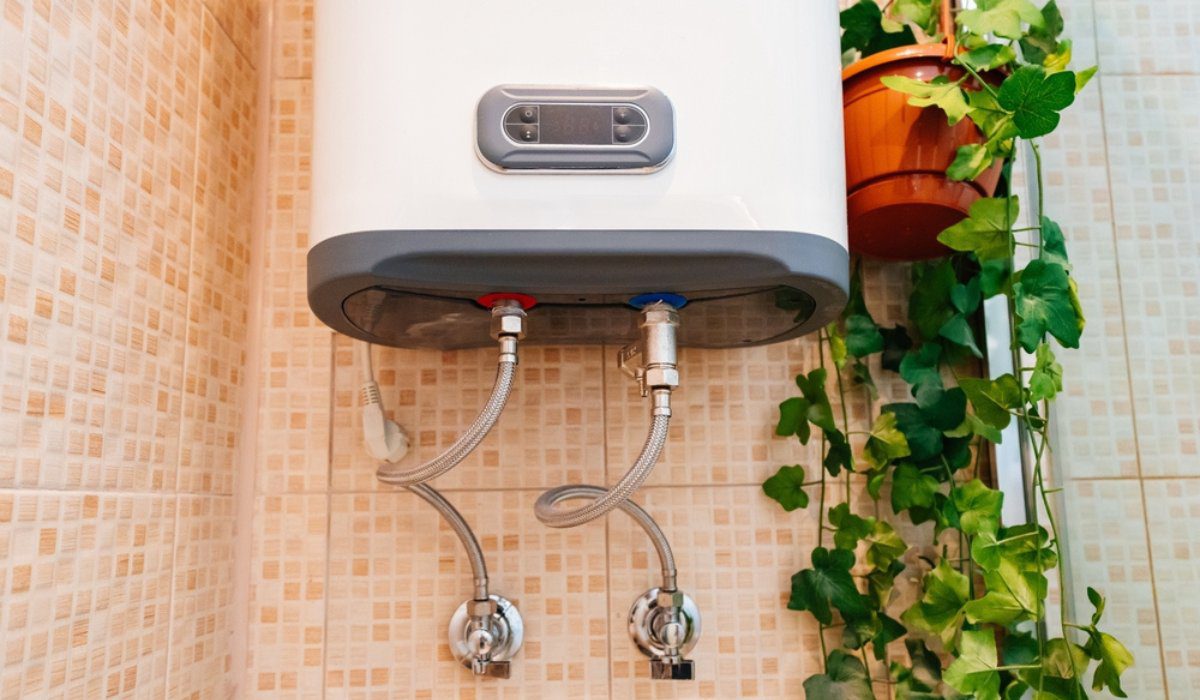We've uncovered the article about Tips on Maintaining a Water Heater listed below on the internet and accepted it made good sense to discuss it with you on this page.

Warm water is crucial for everyday comfort, whether it's for a revitalizing shower or washing meals. To guarantee your hot water system runs effectively and lasts longer, normal maintenance is crucial. This write-up offers sensible pointers and understandings on how to preserve your home's warm water system to avoid disruptions and expensive fixings.
Introduction
Preserving your home's warm water system might seem complicated, but with a few basic steps, you can guarantee it runs smoothly for many years to find. This overview covers everything from understanding your hot water system to DIY upkeep pointers and knowing when to contact expert assistance.
Value of Preserving Your Warm Water System
Normal maintenance not only prolongs the life expectancy of your warm water system yet additionally ensures it operates effectively. Ignoring upkeep can bring about lowered efficiency, higher energy bills, and even premature failure of the system.
Indications Your Warm Water System Demands Upkeep
Recognizing when your warm water system requires attention can prevent major concerns. Look out for signs such as irregular water temperature level, weird sounds from the heater, or rusty water.
Understanding Your Hot Water System
Prior to diving right into upkeep jobs, it's handy to recognize the standard parts of your warm water system. Commonly, this consists of the hot water heater itself, pipes, anode rods, and temperature controls.
Month-to-month Upkeep Tasks
Normal month-to-month checks can aid capture minor problems before they escalate.
Flushing the Hot Water Heater
Purging your hot water heater eliminates sediment accumulation, improving efficiency and lengthening its life.
Checking and Changing Anode Rods
Anode poles stop rust inside the tank. Checking and changing them when worn is essential.
Inspecting and Readjusting Temperature Level Setups
Changing the temperature setups makes sure ideal efficiency and security.
DIY Tips for Maintenance
You can execute a number of maintenance tasks on your own to keep your hot water system in leading problem.
Checking for Leakages
Consistently examine pipelines and links for leaks, as these can lead to water damages and higher bills.
Checking Pressure Relief Valves
Testing the pressure relief valve guarantees it works correctly and protects against extreme pressure build-up.
Insulating Pipelines
Protecting hot water pipes reduces warmth loss and can save power.
When to Call an Expert
While do it yourself maintenance is beneficial, some problems require specialist knowledge.
Complex Problems Requiring Specialist Help
Instances include significant leaks, electric problems, or if your hot water heater is regularly underperforming.
Regular Expert Upkeep Perks
Professional maintenance can consist of extensive inspections, tune-ups, and making certain compliance with safety and security standards.
Final thought
Regular maintenance of your home's warm water system is vital for performance, longevity, and expense savings. By following these ideas and recognizing when to look for expert aid, you can ensure a trustworthy supply of warm water without unexpected interruptions.
How to Maintain an Instant Hot Water Heater
Before tinkering with your hot water heater, make sure that it’s not powered on. You also have to turn off the main circuit breaker and shut off the main gas line to prevent accidents. Also turn off the water valves connected to your unit to prevent water from flowing into and out of the appliance. 2. When you’re done, you have to detach the purge valves’ caps. These look like the letter “T” and are situated on either side of the water valves. Doing so will release any pressure that has accumulated inside the valves while at the same time avoid hot water from shooting out and burning your skin. 3. When the purge valves’ caps are removed, you have to connect your hosing lines to the valves. Your unit should have come with three hoses but if it didn’t, you can purchase these things from any hardware or home repair shops. You can also get them from retail stores that sell water heating systems. Read the user’s manual and follow it to complete this task properly. When the hosing lines are connected, open the purge port’s valves. 4. You should never use harsh chemical cleaners or solutions when cleaning your unit. Make use of white vinegar instead. It should be undiluted and you’ll probably use about 2 gallons. 5. Now flush your water heater. This task should probably take about 40 minutes. We can’t give you specific directions for this because the procedure is carried out depending on the type, model and brand of your heater. With that being said, refer to the user’s manual. 6. When you’re done draining the unit, you have to turn off the purge port valves again. Remove the hosing lines that you earlier installed on each of the water valves. Put the valve caps (purge port) back in their respective places and be very careful so as not to damage the rubber discs that are found inside these caps. 7. Now that everything’s back in place, check your user’s manual again to find out how to reactivate your water heating system. 8. Once it is working, turn one of your hot water faucets on just to let air pass through the heater’s water supply pipes. Leave the tap on until water flows smoothly out of it. https://www.orrplumbing.com/blog/2014/september/how-to-maintain-an-instant-hot-water-heater/

We had been brought to that article about What Kind of Maintenance Do Water Heaters Need? through someone on our other domain. Loved our blog? Please share it. Let others discover it. Thank you so much for your time spent reading it.
Click Here